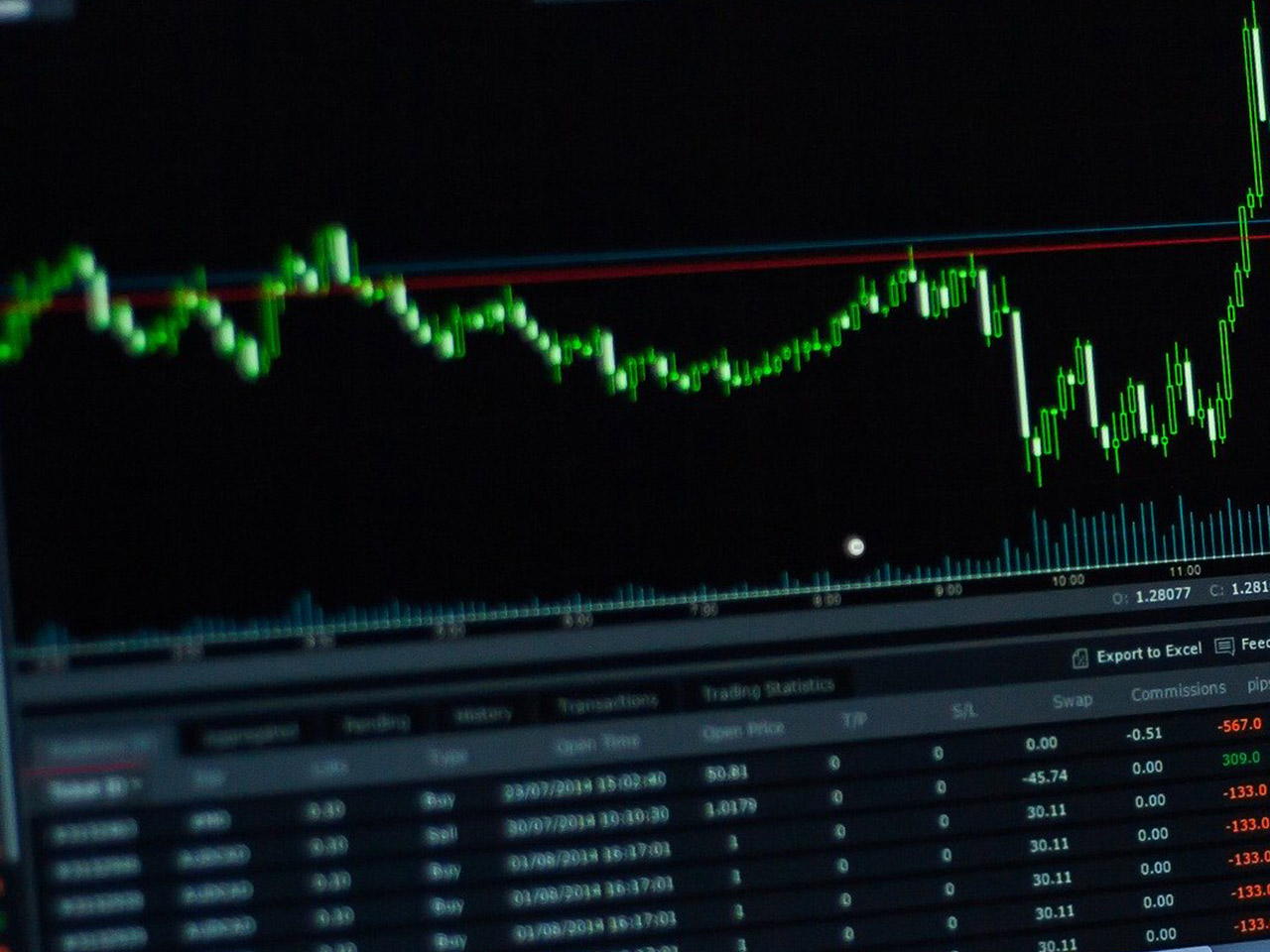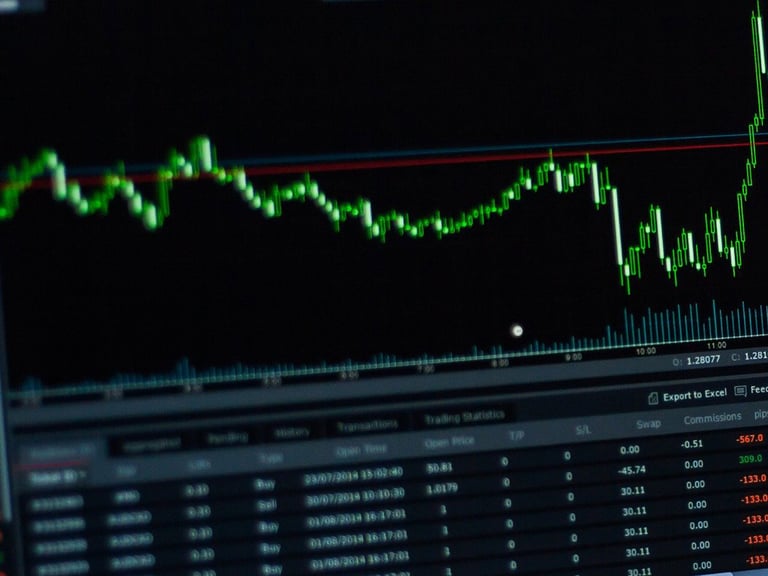**Texas Instruments Incorporated (TXN)** stands as a formidable player in the semiconductor industry, a sector renowned for its innovation and rapid growth. With a market capitalization of $137.75 billion, Texas Instruments is a stalwart in the technology sector, consistently garnering attention for its advanced semiconductor solutions. However, the current financial landscape offers both challenges and opportunities that individual investors should closely consider.
Stock Performance: Navigating the Current Market
As of the latest trading figures, Texas Instruments’ stock is priced at $151.39, reflecting a slight decrease of 0.08% from the previous trading session. The stock’s 52-week range highlights significant volatility, spanning from a low of $151.39 to a high of $220.29. This fluctuation underscores the broader market dynamics affecting semiconductor stocks, driven by both macroeconomic factors and sector-specific trends.
Valuation Metrics: A Closer Look
Despite the absence of trailing P/E and PEG ratios, Texas Instruments’ forward P/E ratio stands at 20.65. The lack of comprehensive valuation metrics suggests a cautious approach to stock evaluation, particularly for investors relying on traditional metrics. However, the forward P/E ratio does provide some insight into market expectations for the company’s earnings growth.
Performance and Profitability: Mixed Signals
Texas Instruments has experienced a dip in revenue growth, with a recorded decrease of 1.70%. However, the company boasts a robust return on equity (ROE) of 28.40%, indicating efficient management and profitability relative to shareholder equity. Despite this, the negative free cash flow of approximately $583.75 million raises concerns about the company’s liquidity and operational efficiency. The earnings per share (EPS) of 5.19 further reflects profitability, yet the sustainability of such earnings should be scrutinized given the company’s current payout ratio of 101.15%.
Dividend Appeal: Yield and Payout Concerns
Texas Instruments offers a dividend yield of 3.59%, appealing to income-focused investors. However, the payout ratio exceeding 100% suggests that the company is distributing more in dividends than it earns, which could be unsustainable in the long term if not addressed through improved earnings or reduced distributions.
Analyst Ratings and Forecasts: A Positive Outlook?
The stock has garnered a mixed sentiment from analysts, with 13 buy ratings, 19 hold ratings, and 3 sell ratings. The average target price of $204.70 presents a compelling potential upside of 35.21% from the current price, indicating optimism about future performance despite current challenges. The target price range extends from $130.00 to $284.00, reflecting both cautious and bullish perspectives on the company’s trajectory.
Technical Analysis: Indicators to Watch
Technical indicators reveal that Texas Instruments is trading below both its 50-day and 200-day moving averages of $184.11 and $195.56, respectively. This could signal a bearish trend in the short to medium term. Meanwhile, the RSI (14) of 59.40 suggests that the stock is neither overbought nor oversold. The MACD and Signal Line values indicate bearish momentum, which investors should monitor closely.
Conclusion: A Strategic Opportunity?
Texas Instruments remains a key player in the semiconductor landscape, with a strong product lineup across its Analog and Embedded Processing segments. While current financial metrics reveal certain challenges, particularly in cash flow and dividend sustainability, the potential upside indicated by analyst targets presents a strategic opportunity for investors with a long-term horizon. As always, thorough due diligence and consideration of broader market conditions are essential for making informed investment decisions.





































